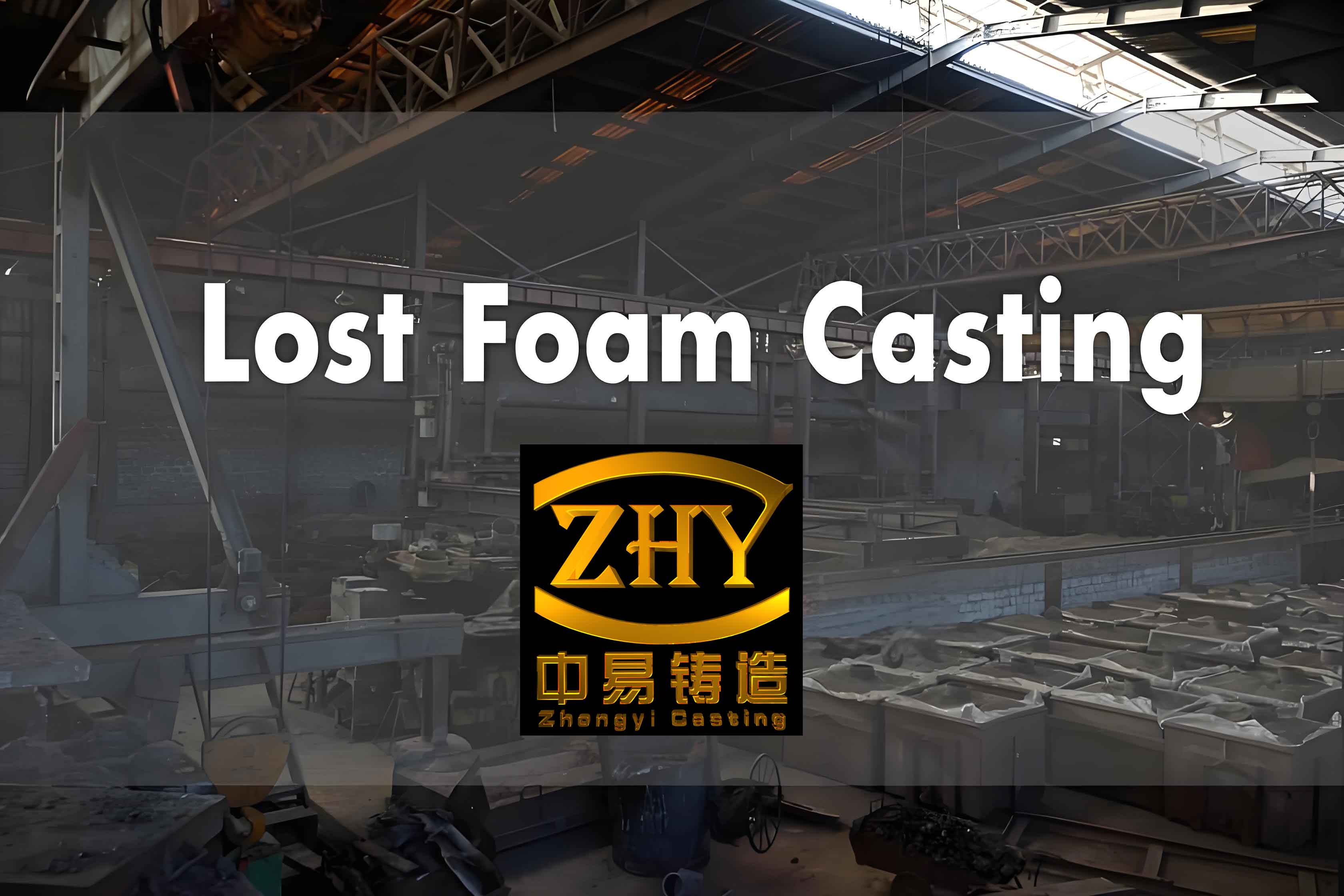
Abstract
This extensive article explores the cutting-edge technologies that have emerged with the potential to significantly enhance the efficiency of the lost foam casting process. The lost foam casting process, despite its numerous advantages, faces challenges in terms of productivity and cost-effectiveness. The introduction of new and innovative technologies offers promising solutions to overcome these obstacles and unlock new possibilities for this manufacturing method.
1. Introduction
The lost foam casting process has become an important manufacturing technique in various industries due to its ability to produce complex shapes with high precision. However, to remain competitive and meet the ever-increasing demands of modern manufacturing, there is a continuous need to improve its efficiency.
2. Overview of the Lost Foam Casting Process
A detailed description of the traditional lost foam casting process, including its steps and limitations.
3. Emerging Technologies for Pattern Manufacturing
3.1 3D Printing of Foam Patterns
- The use of additive manufacturing techniques to create highly complex and accurate foam patterns.
- Advantages such as reduced lead times and increased design flexibility.
3.2 Digital Light Processing (DLP) for Pattern Generation
- How DLP technology offers enhanced resolution and faster production of patterns.
4. Advanced Coating Technologies
4.1 Nanocoatings
- The application of nanomaterials in coatings to improve heat resistance and reduce defect formation.
4.2 Self-healing Coatings
- Coatings that can repair themselves during the casting process, minimizing defects.
5. Intelligent Monitoring and Control Systems
5.1 Real-time Temperature and Flow Monitoring
- Sensors and systems for precise measurement and control of process parameters.
5.2 Predictive Analytics for Process Optimization
- Using data analytics to predict potential issues and optimize the process in advance.
6. Automation and Robotics in Lost Foam Casting
6.1 Automated Pattern Handling and Assembly
- Reducing human error and increasing productivity through robotic systems.
6.2 Autonomous Pouring and Mold Filling
- Ensuring consistent and efficient mold filling with automated equipment.
7. Simulation and Modeling Tools
7.1 Computational Fluid Dynamics (CFD) Analysis
- Predicting fluid flow and heat transfer during the casting process for better process design.
7.2 Finite Element Analysis (FEA) for Stress Prediction
- Assessing the mechanical stress distribution in the castings to optimize the design.
8. Case Studies Demonstrating the Impact of Emerging Technologies
8.1 Case Study 1: Aerospace Component Manufacturing
- A detailed account of how the integration of new technologies improved production efficiency and quality.
| Technology Adopted | Before Adoption | After Adoption |
|---|---|---|
| Cycle Time | 5 days | 3 days |
| Dimensional Accuracy | ±0.5 mm | ±0.2 mm |
8.2 Case Study 2: Automotive Engine Block Casting
- Illustrating the benefits in terms of reduced scrap and increased productivity.
| Technology Adopted | Before Adoption | After Adoption |
|---|---|---|
| Scrap Rate | 10% | 5% |
| Production Output | 100 units/day | 150 units/day |
9. Challenges and Limitations of Adopting Emerging Technologies
9.1 High Initial Investment
- The cost associated with implementing new technologies and equipment.
9.2 Skill Requirements for Operators
- The need for trained personnel to handle and maintain advanced systems.
10. Future Outlook and Potential Developments
A glimpse into the future of the lost foam casting process and the technologies that are likely to shape it further.
11. Conclusion
The adoption of emerging technologies holds the key to improving the efficiency of the lost foam casting process. While there are challenges to overcome, the potential benefits in terms of enhanced productivity, quality, and competitiveness make it a worthwhile pursuit for manufacturers. Continued research and development in this area will undoubtedly lead to more significant advancements in the future.
It is clear that the integration of these technologies requires a strategic approach and a commitment to staying at the forefront of innovation to fully leverage the potential of the lost foam casting process.
